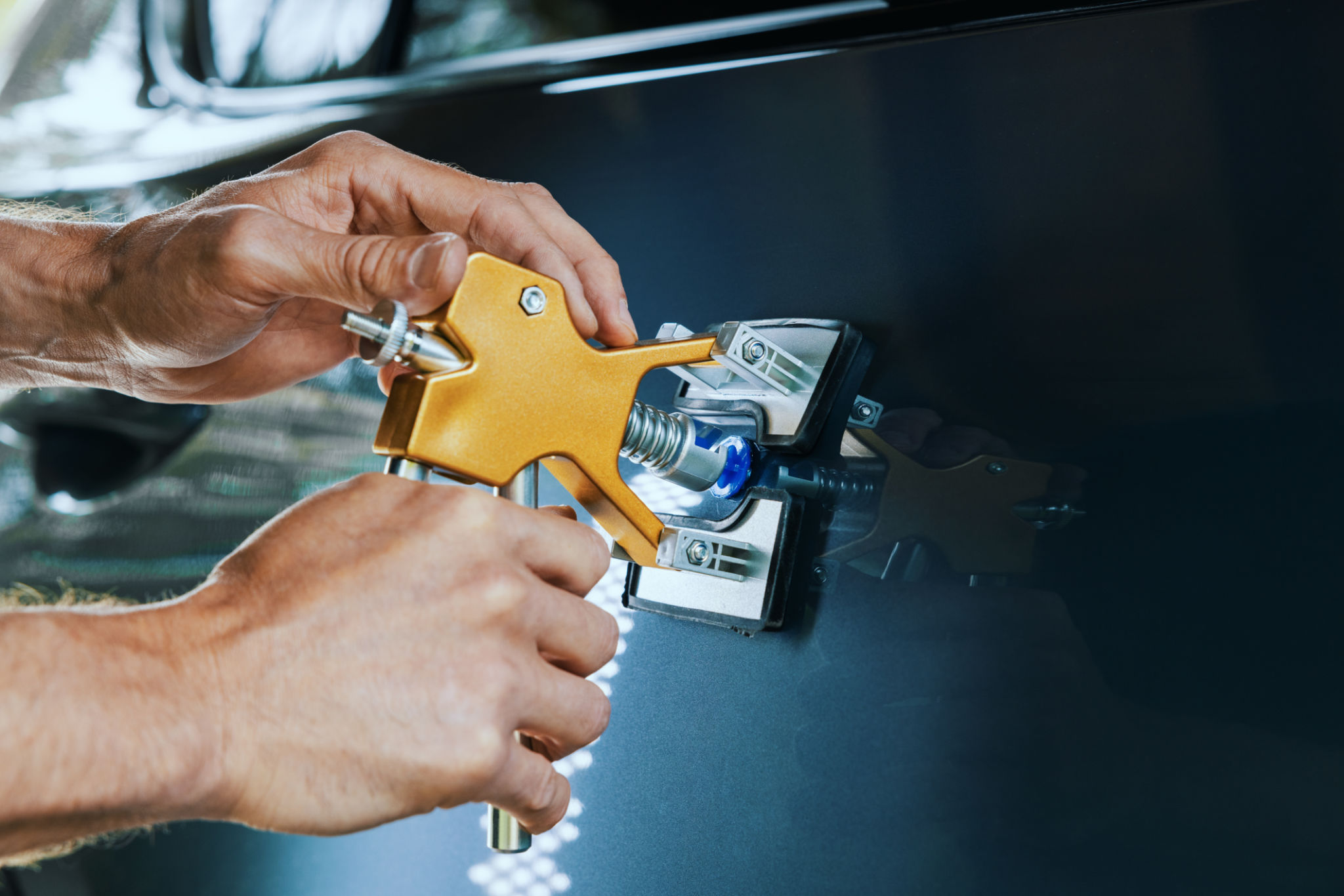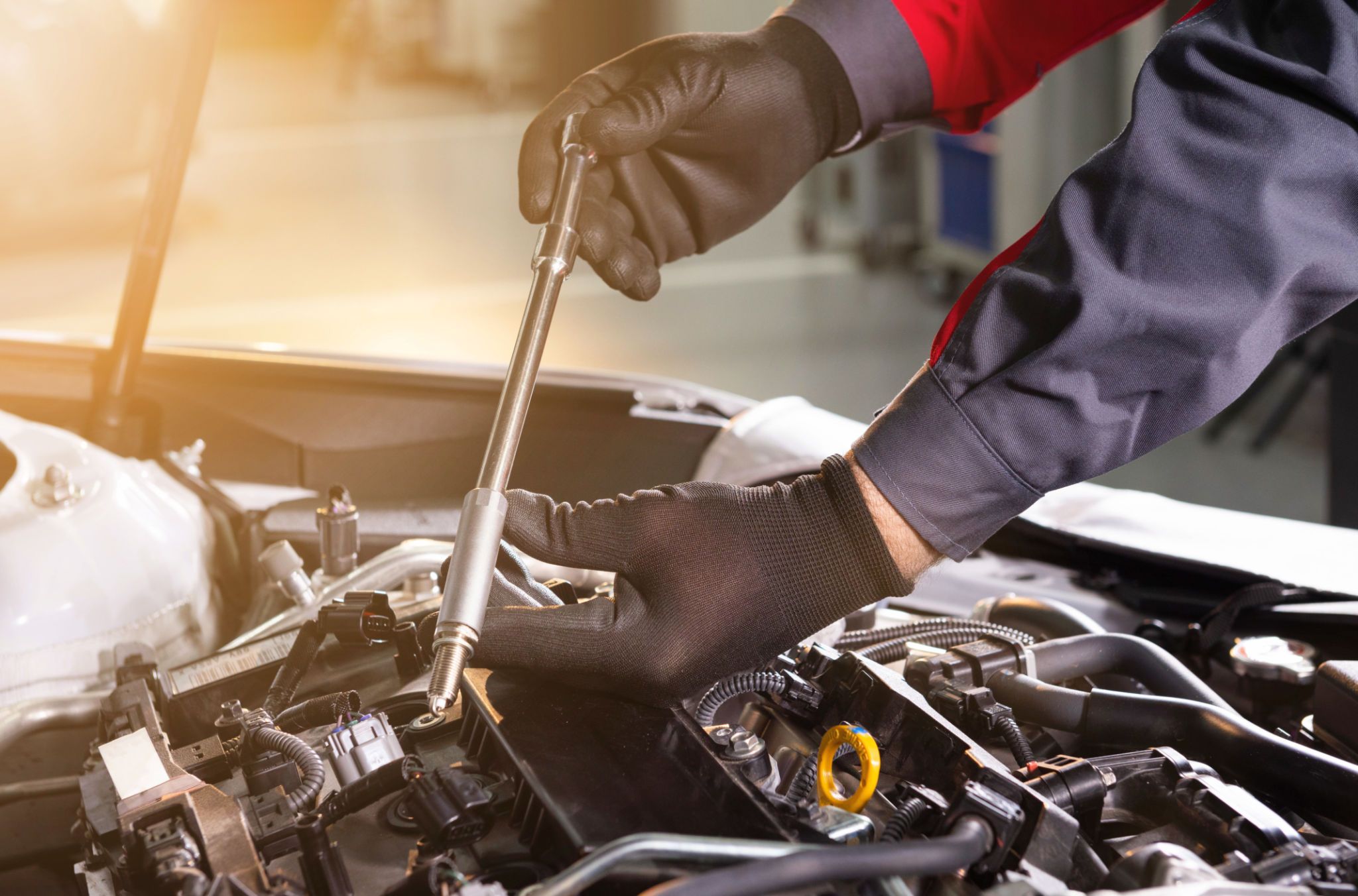Common Myths About Paintless Dent Repair Debunked
Understanding Paintless Dent Repair
Paintless Dent Repair, often abbreviated as PDR, is a technique that has gained popularity for its efficiency and cost-effectiveness in repairing minor dents and dings on vehicles. Despite its growing acceptance, several myths surround this method, often leading to misconceptions. Let's delve into some common myths about Paintless Dent Repair and debunk them.

Myth 1: PDR is Only for Small Dents
A widespread belief is that Paintless Dent Repair is only suitable for repairing small dents. However, this isn't entirely true. While PDR is undoubtedly ideal for minor dings, skilled technicians can also tackle larger dents. The key factor is not the size but the location and depth of the dent, as well as the flexibility of the vehicle’s paint. In many cases, even significant dents can be repaired using this method.
Myth 2: PDR Damages Your Vehicle’s Paint
Another common myth is that PDR can damage your vehicle's paint job. In reality, Paintless Dent Repair is designed to preserve the original paint. The process involves carefully massaging the dent from behind the panel without affecting the paint. Technicians use specialized tools to ensure that the integrity of the paint remains intact. As long as the paint isn't cracked or chipped prior to the repair, PDR poses no risk to the vehicle's finish.

Myth 3: PDR is Not Permanent
Some people believe that repairs done using PDR are not permanent and that the dents might reappear over time. This is a misconception. Once a dent is repaired using Paintless Dent Repair, it is just as permanent as any traditional repair method. The metal is reshaped to its original form, and as long as no further impact occurs at the same spot, the area should remain undamaged.
Myth 4: PDR is Expensive
There is a common assumption that PDR is an expensive option compared to traditional methods. On the contrary, Paintless Dent Repair is often more cost-effective. Since it involves less labor and materials — no need for fillers or repainting — it typically results in lower costs. Additionally, it saves time, allowing you to get back on the road faster without compromising on quality.

Myth 5: All Dents Can be Repaired with PDR
While PDR is versatile, it's important to recognize its limitations. Not every dent can be repaired using this method. Dents located on edges or those with severely damaged paint may not be suitable for PDR. Furthermore, if the metal has been stretched excessively, conventional repair methods might be necessary. Consulting with a professional technician can provide clarity on whether PDR is a viable solution for your specific dent.
Conclusion: Separating Fact from Fiction
Paintless Dent Repair offers numerous benefits, from preserving your car's original paint to being a more economical option for minor repairs. By debunking these myths, it's clear that PDR is a reliable and effective method for maintaining your vehicle's appearance. However, as with all repair techniques, it's crucial to understand its scope and consult with experienced professionals to ensure satisfactory results.
